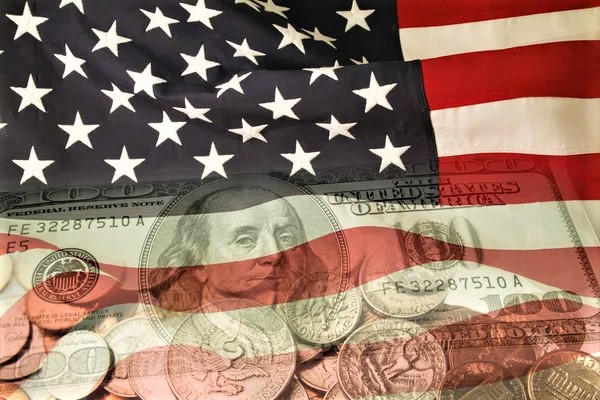Sep 27, 2022 9:20 PM +05:00
VOT Research Desk
KEY POINTERS FOR CONSUMER CONFIDENCE:
The sharp increase in the current situation and the expectations indicator can be attributed to the recovery. The U.S. dollar trims losses after the survey results cross the wires. U.S. consumer confidence rises to 108.00 in September from 103.6 in August, exceeding consensus expectations calling for an advance to 104.6.
As concerns about the slowdown and persistently high inflation in some areas of the economy were offset by falling gasoline prices and strength in the labor market, a popular gauge of U.S. consumer attitudes extended its recovery this month and climbed to its highest level since April
.
The Conference Board reports that consumer confidence increased to 108.00 in September from 103.02, exceeding expectations for a rise to 104.06.Even though the gain isn’t much, it’s still a step in the right direction and a good sign for future consumption, which is the main factor that drives U.S. economic activity.
The present situation index, which is based on the current outlook for the business and labor markets, rose to 149.6 from 145.4 in light of perceptions that hiring conditions are still healthy. This substantial gain is consistent with stabilizing activity, which lowers the likelihood of a forthcoming recession.
Source: Conference Board
The expectations index, which tracks short-term income prospects, the business environment, and the job market, increased to 80.3 from 70.1 in other areas. This was above the 80.00 level, which indicates improved growth prospects.
After the survey results were released, the U.S. dollar, as measured by the DXY index, trimmed the majority of its early session losses to trade around 114.05. This was due to the positive outlook for spending in the final months of 2022, which could increase inflationary pressures and prompt the Fed to continue aggressively raising interest rates.
The American consumer is doing well despite skyrocketing inflation and tightening financial conditions. As a result, the U.S. central bank will need to slam on the brakes even harder to destroy demand and bring inflation back to the 2.0% target. This makes it less likely that monetary policy will change in 2023, which will cause U.S. Treasury yields to rise. The DXY index will continue to conquer new multi-decade highs in the near future as the U.S. dollar is likely to maintain strong momentum in the FX market.









